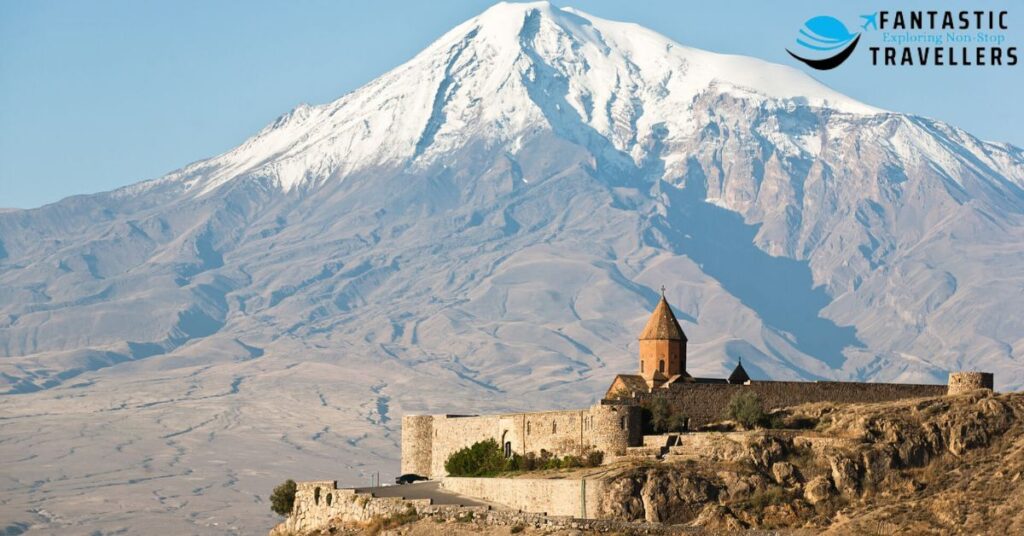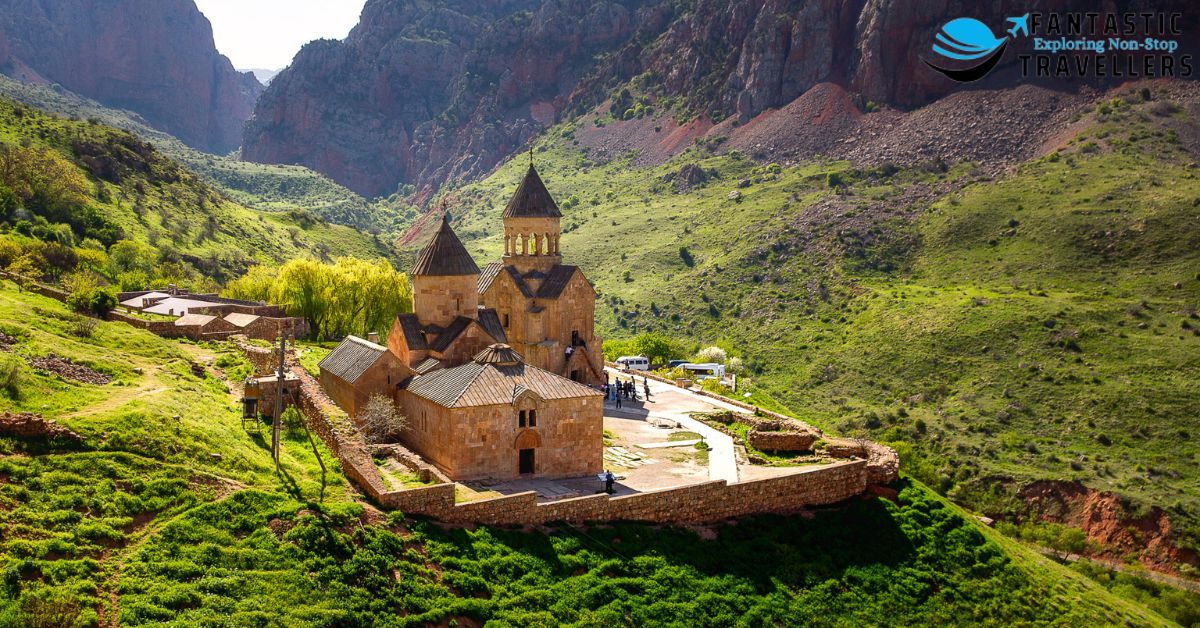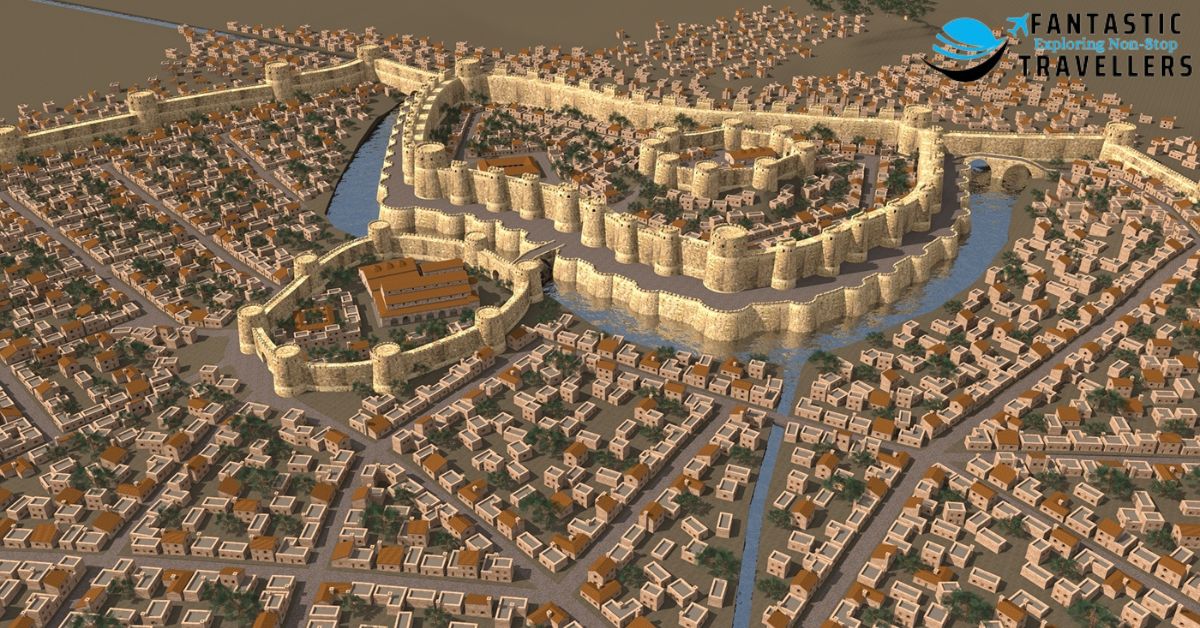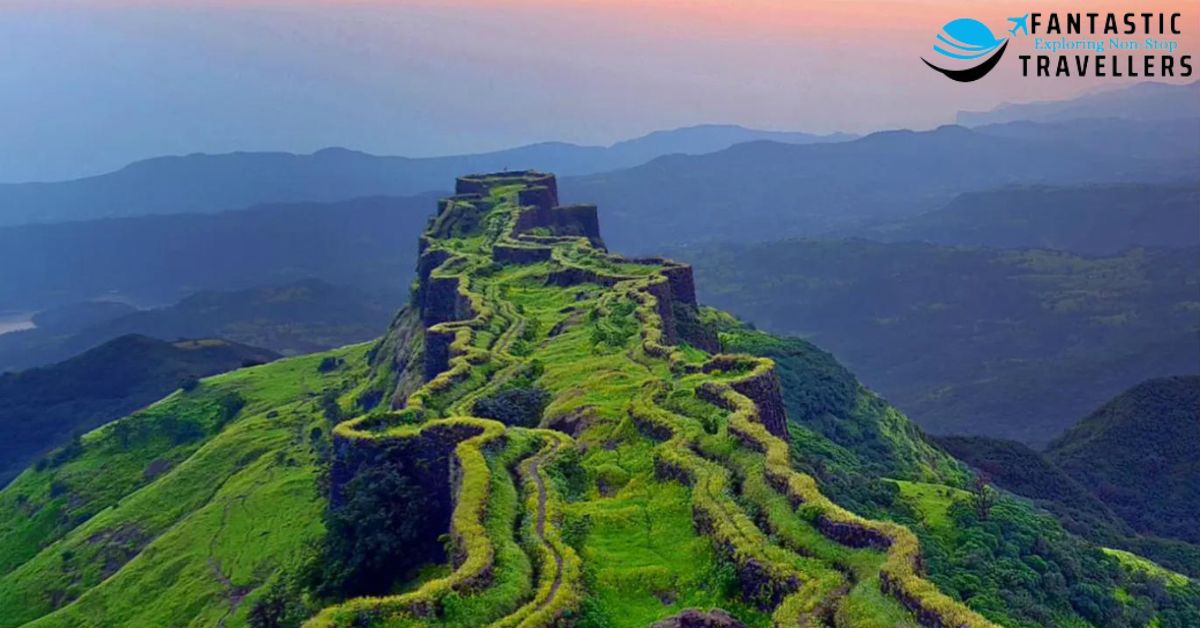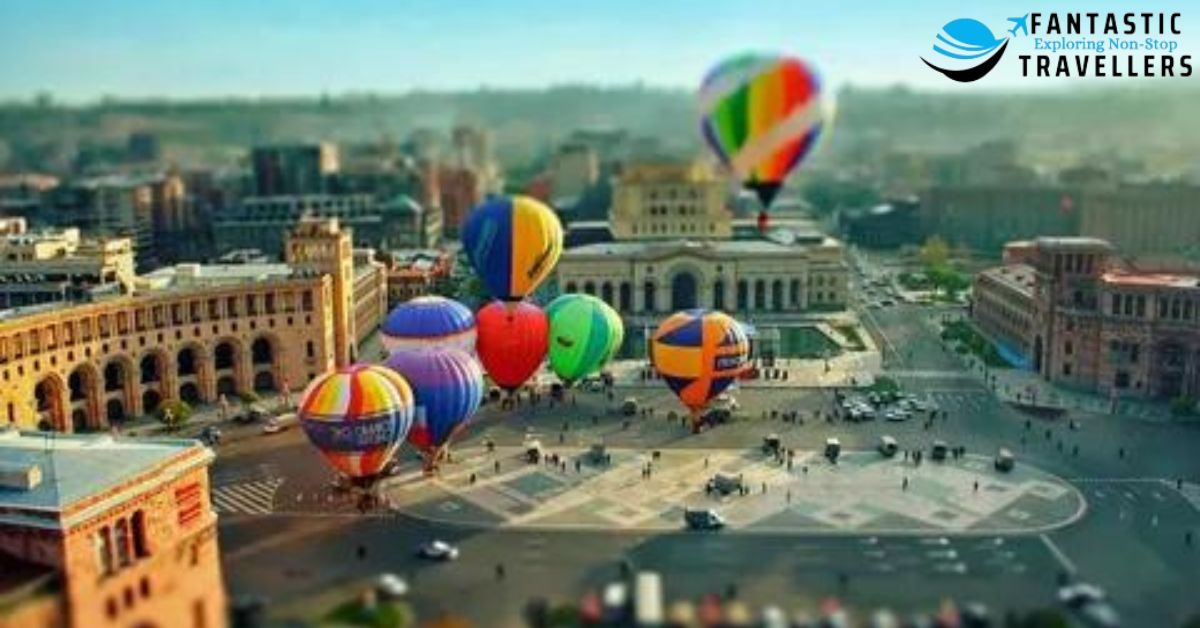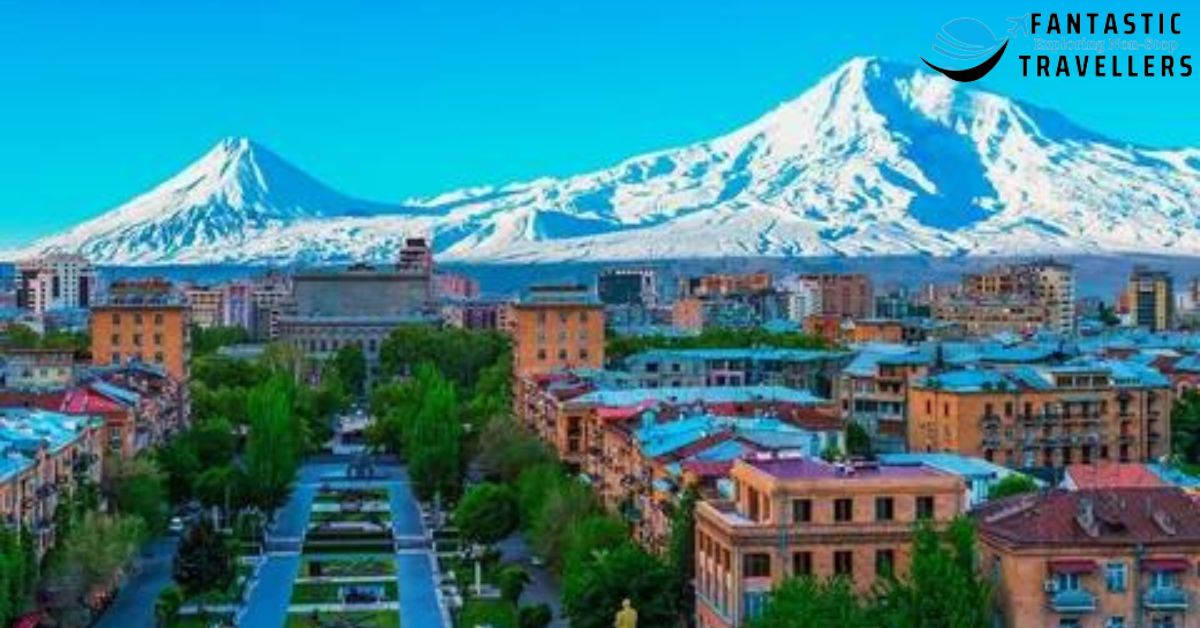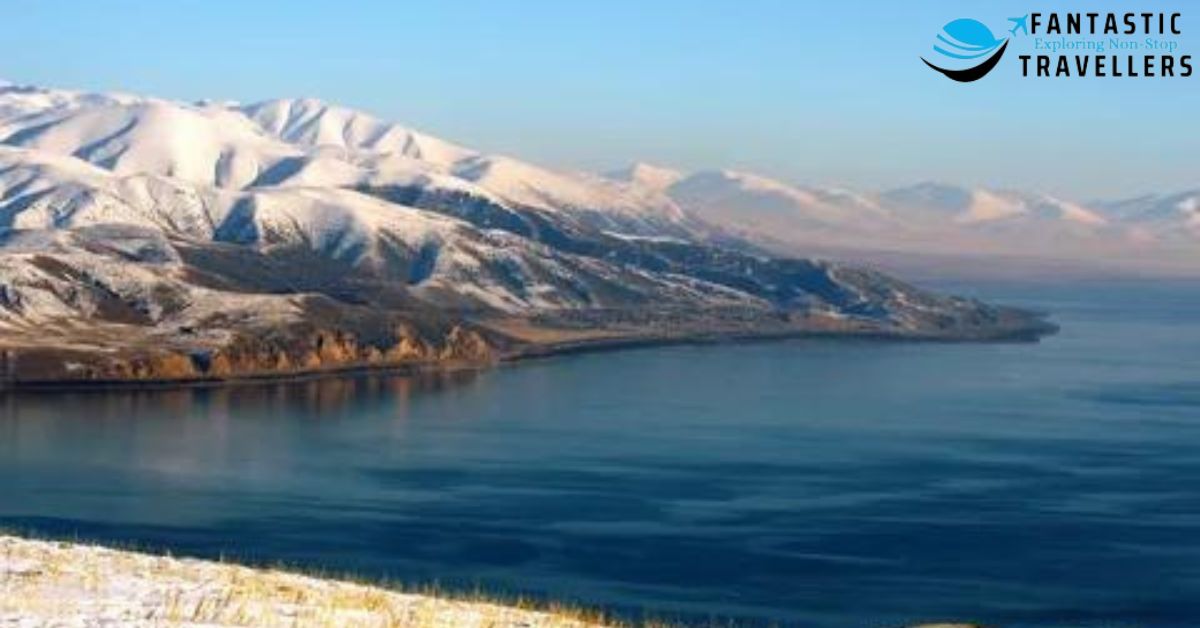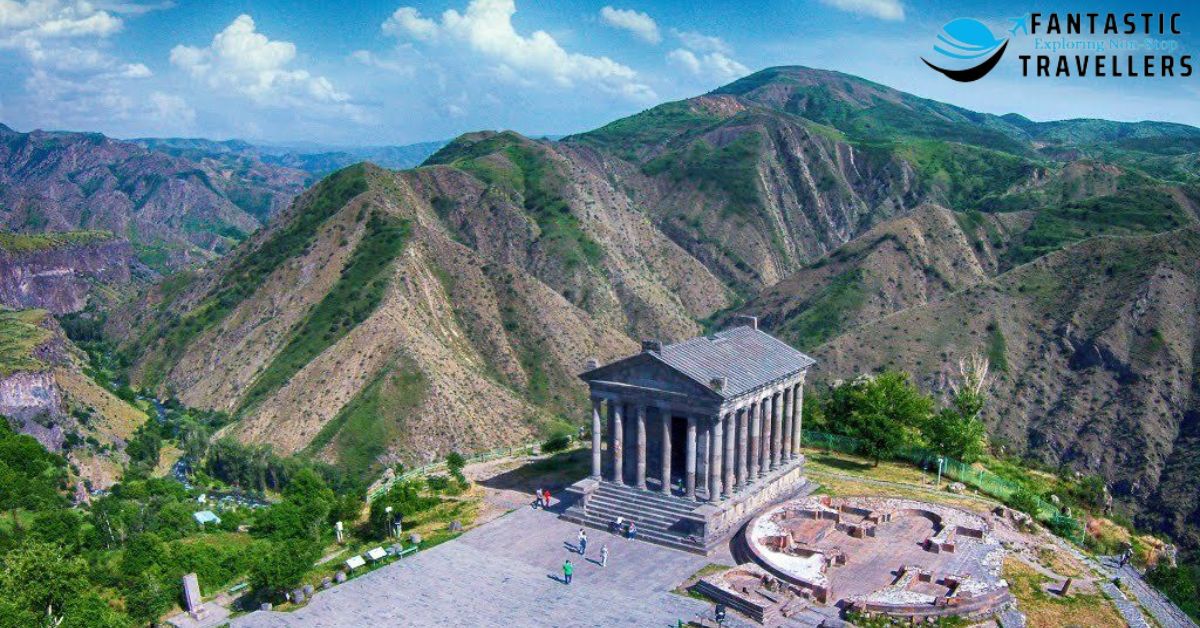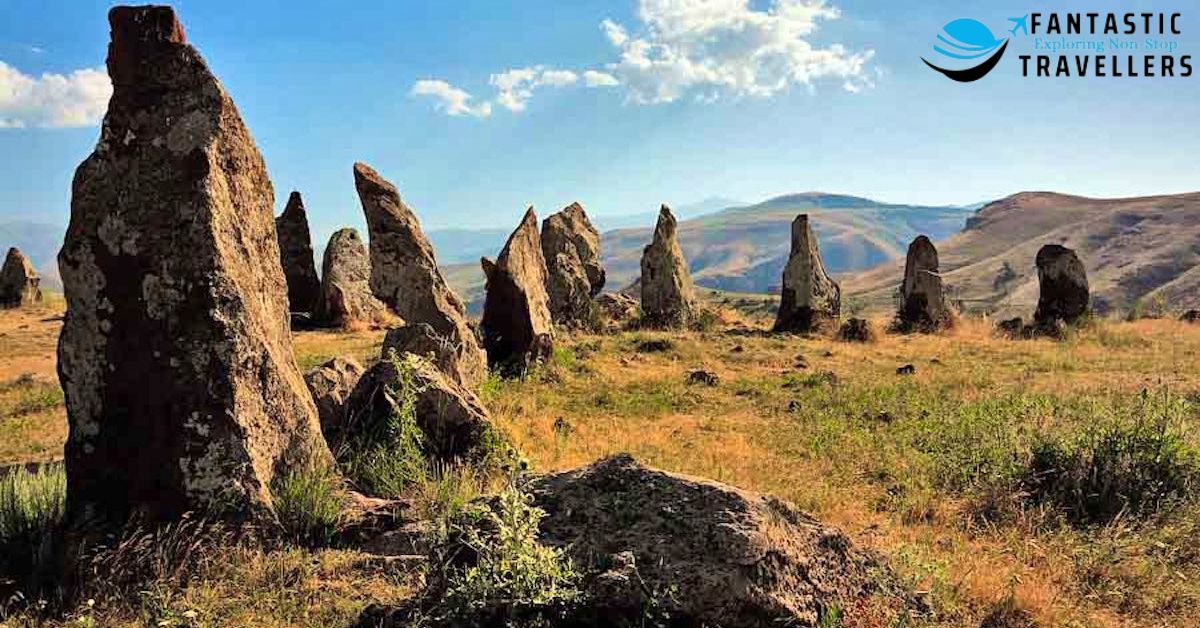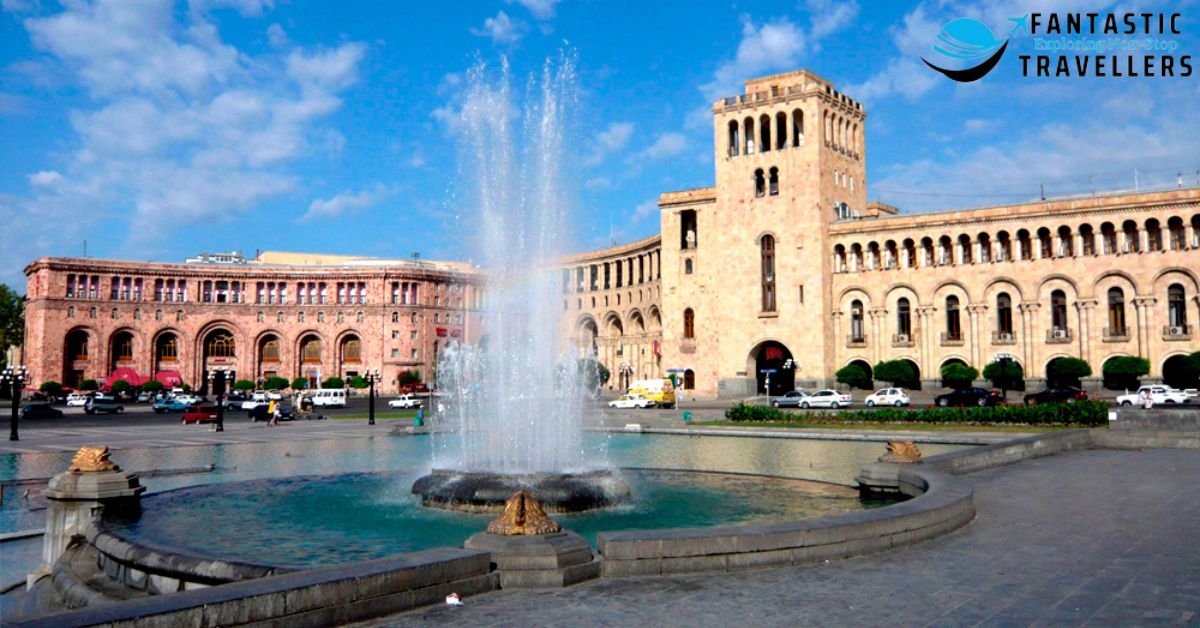The charm of Armenia, a region of stunning scenery and rich history. Armenia, which is tucked away in the Caucasus, is enticed by its breathtaking natural beauty and rich cultural legacy. Every part of this nation, from the placid beaches of Lake Sevan to the towering peaks of Mount Ararat, reveals a history spanning millennia. Experience Armenia’s dynamic culture by touring historic monasteries and meandering through charming villages. Set out on your adventure right now.
Best Places to Visit in Armenia?
Armenia offers a wealth of captivating attractions for visitors, from historical landmarks to natural beauty. Explore the breathtaking Lake Sevan and the medieval Tatev Monastery, perched above a deep gorge. Discover the soothing vibes of Jermuk Waterfall and the ancient Pagan Garni Temple.
Marvel at Mount Ararat’s panoramic views and the 13th-century Geghard Monastery, nestled in the Garni Gorge. Visit the enigmatic Zorats Karer and the UNESCO World Heritage sites like Haghpat and Noravank Monasteries. Enjoy the cozy city ambiance of Dilijan with its nearby Lake Parz. Don’t miss the spiritual significance of Khor Virap Monastery or the vibrant culture in Yerevan, Armenia’s capital city.
The country’s stunning mountainous landscapes, lush forests, and rich heritage, including architectural masterpieces like Etchmiadzin Cathedral and Zvartnots Cathedral, offer a memorable experience. Whether exploring the serene Selim Pass or the vibrant atmosphere of Yerevan Cascade, Armenia promises an unforgettable adventure.
Each city in Armenia transports you to a different world
From the vibrant atmosphere of Yerevan, the capital city, to the serene beauty of Lake Sevan, Armenia offers a diverse array of experiences. Explore the breathtaking views of Mount Ararat and the medieval architecture of the 13th-century Geghard Monastery nestled in Garni Gorge.
The lush forests of Dilijan and the cozy city vibe near Lake Parz. The 9th-century Tatev Monastery perched above a deep gorge, and the 4th-century Etchmiadzin Cathedral reflects Armenia’s rich cultural heritage. Don’t miss the ancient Pagan Garni Temple or the UNESCO World Heritage sites like Haghpat and Noravank Monasteries.
Enjoy the healing mineral waters in the spa town of Jermuk, the scenic beauty of the Selim Pass, and the vibrant culture of bustling streets in Yerevan. Armenia’s stunning landscapes, including the mountainous terrain of Mount Aragats, offer a memorable experience for every traveler.
Best places in Armenia to visit | Velvet Escape
unveils an extraordinary array of experiences, from the tranquil shores of Lake Sevan to the ancient Tatev Monastery perched on the edge of a deep gorge. Witness the awe-inspiring Jermuk Waterfall cascading amidst mountainous landscapes and explore the 13th-century Geghard Monastery carved into rock cliffs.
Journey through history at Garni Gorge, home to the ancient Pagan temple and the UNESCO World Heritage site of Haghpat Monastery. Discover the cultural richness of Armenia’s cozy cities like Dilijan, near the picturesque Lake Parz, and soak in the spiritual ambiance of Etchmiadzin Cathedral, a 4th-century architectural masterpiece.
Whether marveling at Mount Ararat’s breathtaking views or delving into the lush forests of Mount Aragats, Armenia promises a tapestry of experiences that will linger in your memory. From the vibrant culture of Yerevan to the serene tranquility of Sevanavank Monastery, Armenia is truly a favorite travel destination for cultural enthusiasts and nature lovers alike.
Interesting Places To Visit In Armenia
presents a kaleidoscope of experiences, from the serene shores of Lake Sevan to the ancient Tatev Monastery perched atop mountainous landscapes. Discover the thundering Jermuk Waterfall nestled within deep gorges and the mystical ambiance of the Geghard Monastery, dating back to the 13th century.
Delve into history at the Garni Gorge, home to a Pagan temple and the UNESCO World Heritage site of Haghpat Monastery. Wander through cozy cities like Dilijan, near the tranquil Lake Parz, and admire the architectural wonders of the 4th-century Etchmiadzin Cathedral.
Whether exploring the lush forests of Mount Aragats or embarking on a spiritual journey to the Khor Virap Monastery, Armenia offers a plethora of captivating attractions that promise a memorable and enriching travel experience.
Enjoy Incredible Architecture in Yerevan
where the cityscape is adorned with stunning examples of Armenian architecture, reflecting a rich cultural heritage spanning centuries. Marvel at the intricate designs of Apostolic churches like Zvartnots Cathedral and the historical significance of landmarks such as the 9th-century Etchmiadzin Cathedral, the spiritual center of the Armenian Apostolic Church.
Explore the city center’s bustling streets, where you’ll encounter architectural masterpieces from the 20th century alongside ancient monasteries and cave cities. Don’t miss the iconic Yerevan Cascade, a monumental stairway adorned with outdoor art installations, offering panoramic views of the city and Mount Ararat in the distance.
Whether strolling through the exuberant atmosphere of Saryan Street or immersing yourself in the soothing vibes of Yerevan Cascade, the city promises an unforgettable architectural journey through Armenian history and identity.
Behold the Beauty of Lake Sevan
A mesmerizing natural wonder nestled amidst mountainous landscapes and lush forests. With its breathtaking views and picturesque setting, Lake Sevan captivates visitors with its serene tranquility and azure waters.
Explore the nearby Sevanavank Monastery, perched on the lake’s shores, offering a glimpse into Armenia’s rich cultural heritage dating back to the 9th century. Embark on a journey of discovery through the surrounding region, where ancient monasteries like Tatev Monastery and Noravank Monastery dot the landscape, echoing centuries of Armenian history and spirituality.
Whether indulging in water sports on the lake or simply relaxing on its shores, Lake Sevan promises a memorable experience and remains a popular destination for travelers seeking solace amidst Armenia’s stunning natural beauty.
Visit the Classic Temple in Garni
An ancient Pagan temple nestled within the stunning landscape of the Garni Gorge, offering panoramic views of mountainous landscapes and lush forests. Dating back to the 1st century, the Garni Temple stands as a testament to Armenia’s rich architectural heritage and cultural identity.
Explore its beautiful stone columns and intricate carvings, reflecting centuries of history and spirituality. Adjacent to the temple, discover the remains of a Roman bathhouse, highlighting the region’s historical significance as a cultural center.
Garni Temple is a must-visit attraction for travelers seeking to immerse themselves in Armenia’s ancient past and experience the serene tranquility of its picturesque surroundings.
Visit the Mystery Place Karahunj
Also known as Zorats Karer, an ancient archaeological site shrouded in intrigue and surrounded by the stunning mountainous landscapes of Armenia. Dating back to the 1st century, Karahunj is believed to be one of the oldest observatories in the world, with its arrangement of stones resembling the layout of the stars and constellations.
Explore this enigmatic site, where dense forests and picturesque views add to its mystical ambiance. Karahunj offers visitors a memorable experience, inviting them to unravel the secrets of its ancient past while soaking in the natural beauty of its surroundings.
Whether marveling at the basalt columns or contemplating the spiritual significance of this ancient site, Karahunj promises to captivate the imagination and leave a lasting impression on all who venture here.
Best places to visit in Armenia
Armenia, a land steeped in history and natural beauty, offers an array of enchanting destinations for travelers. Among the must-visit places is Lake Sevan, often referred to as the “Jewel of Armenia.” This picturesque freshwater lake, nestled amidst stunning mountain landscapes, is perfect for swimming, fishing, or simply basking in the serenity of nature.
Dilijan: known as “Armenia’s Switzerland,” beckons visitors with its lush forests, crystal-clear streams, and tranquil hiking trails. It’s a haven for nature lovers seeking refuge from the hustle and bustle of city life.
The ancient Garni: Temple a UNESCO World Heritage Site, stands as a testament to Armenia’s rich cultural heritage. Dating back to the 1st century AD, this Greco-Roman masterpiece is a marvel of ancient architecture.
Geghard Monastery: carved into the cliffs of the Azat River Gorge, is another must-see attraction. This medieval monastery complex, partially carved out of solid rock, is renowned for its unique architectural style and spiritual significance.
Haghpat Monastery and Sanahin Monastery: both UNESCO World Heritage Sites, showcase Armenia’s rich religious history and architectural prowess. These medieval monastic complexes, nestled amidst breathtaking landscapes, are steeped in legend and lore.
Ambard Fort: perched atop a rocky promontory, offers panoramic views of the surrounding countryside. This ancient fortress, dating back to the 7th century, provides insight into Armenia’s turbulent past.
The Alphabet Monument: located near the village of Artashavan, celebrates Armenia’s rich literary heritage. This unique outdoor sculpture park pays homage to the Armenian alphabet, which dates back to the 5th century AD.
Echmiadzin: the spiritual center of Armenia and the seat of the Armenian Apostolic Church, is a pilgrimage destination for believers from around the world. The Echmiadzin Cathedral, a UNESCO World Heritage Site, is a masterpiece of Armenian religious architecture.
In summary, Armenia’s diverse array of attractions, from ancient monasteries to stunning natural landscapes, offers something for every traveler seeking adventure and discovery.
Conclusion
Armenia is a land of diverse wonders, from the serene shores of Lake Sevan to the ancient mysteries of Karahunj. With its rich history, breathtaking landscapes, and vibrant culture, Armenia offers visitors a truly unforgettable experience. Whether exploring its medieval monasteries, indulging in its natural beauty, or immersing oneself in its ancient heritage, Armenia promises an enriching journey that lingers in the heart and mind.

